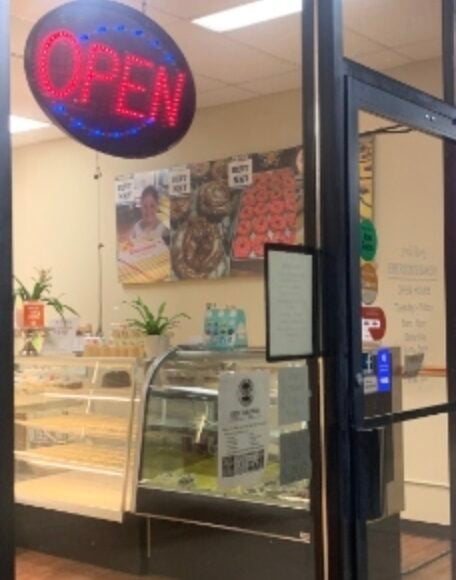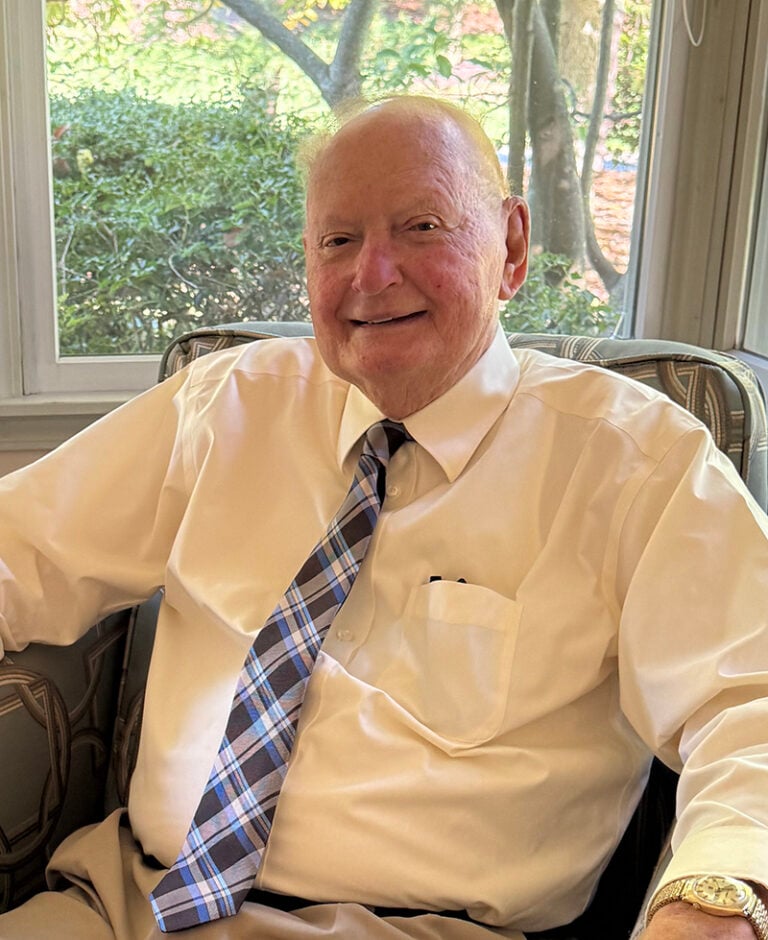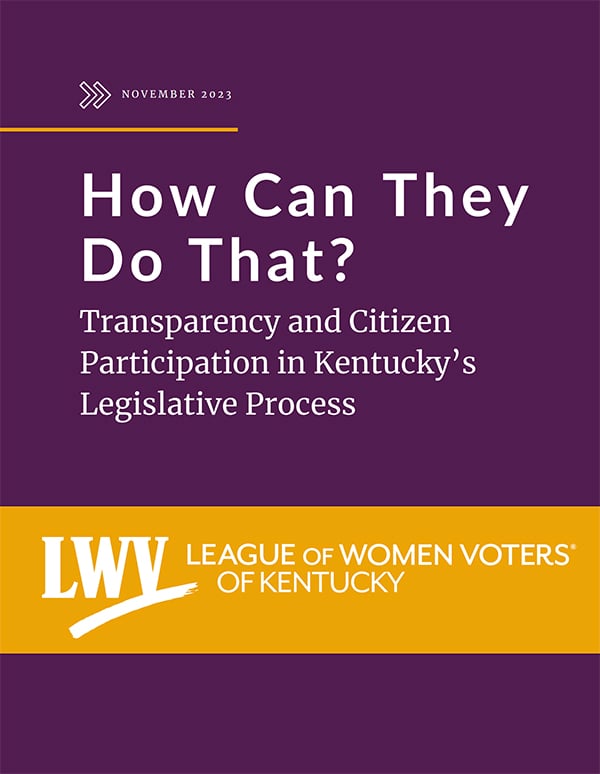
In recognition of May as Motorcycle Safety Awareness Month, the Kentucky Transportation Cabinet (KYTC) Office of Highway Safety is taking a personal approach to encourage motorcyclists to use proper safety gear when traveling the roadways.
“Just as we ask motorists to protect themselves with a seat belt, we ask motorcyclists to protect themselves with a USDOT-compliant helmet and other protective gear,” said KYTC Secretary Greg Thomas. “One of our own employees, Mike Jones, decided to share his story in hopes of saving lives.”
Jones was severely injured while riding his motorcycle on Aug. 13, 2014 when a van turned into his lane.
Jones suffered a broken leg, pelvis, torn knee ligaments and other internal injuries. It has been a long, painful road to recovery filled with surgeries and physical rehabilitation; however, he believes he is lucky.
“The police report said I was tossed in the air and landed on my head,” said Jones. “Thankfully, I was wearing a helmet which saved me from death or severe head trauma”
Jones says it worries him when he sees motorcyclists riding without protective gear.
“I stop and talk to motorcyclists at gas stations or parking lots and tell them my story in hopes they will always use a helmet,” said Jones. “It’s just not worth the risk. I am a testament that helmets save lives.”
In addition to promoting helmet use, Jones also encourages riders to take a rider safety course through the Kentucky Motorcycle Program (KMP), which offers classes throughout the state.
“I gained valuable tools and techniques when I went through the Basic Rider Course,” said Jones. “It’s imperative for all motorcyclists to learn how to properly handle a motorcycle. Your safety, and the safety of those driving or riding around you, may depend on it.”
KMP course information can be found at http://rideky.net
Sec. Thomas emphasizes that while this campaign focuses on motorcyclists, motorists have responsibilities as well.
“Drivers must be aware that a motorcycle, as one of the smallest vehicles on the road, can be ‘hiding’ in a vehicle’s blind spots,” said Thomas. “Always check blind spots, use mirrors and signal before changing lanes or making turns.”
According to the National Highway Traffic Safety Administration (NHTSA), per vehicle mile driven, motorcyclists are more than 30 times more likely to die in a crash than occupants of cars, and five times more likely to be injured.
Funds for the campaign are provided by a grant through NHTSA.





















